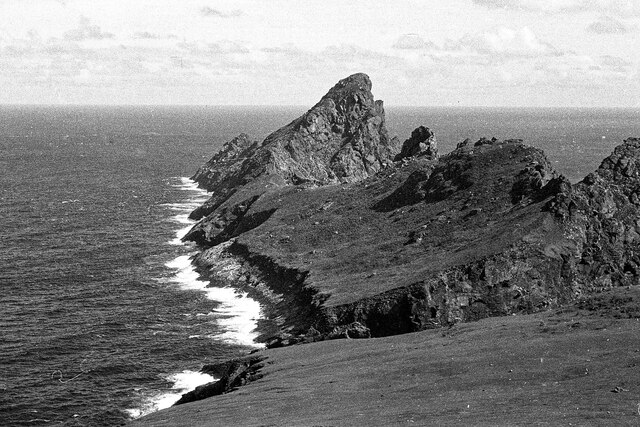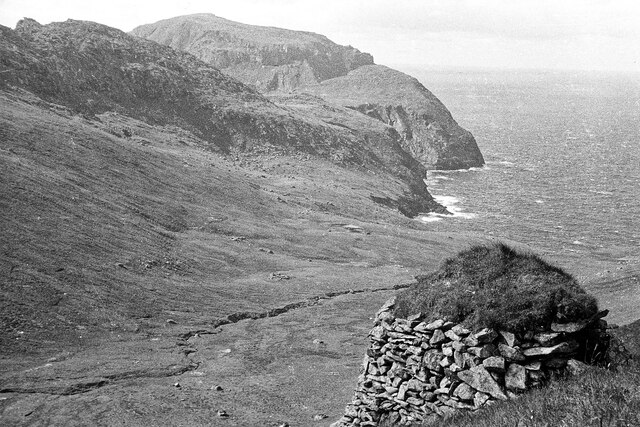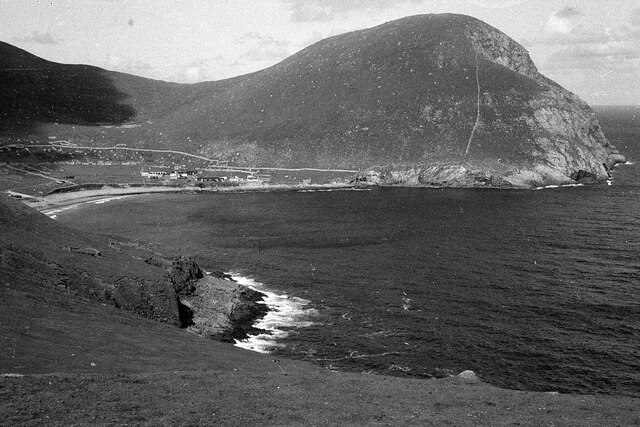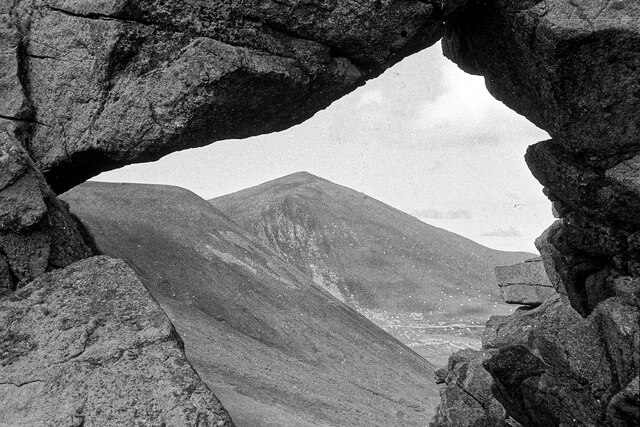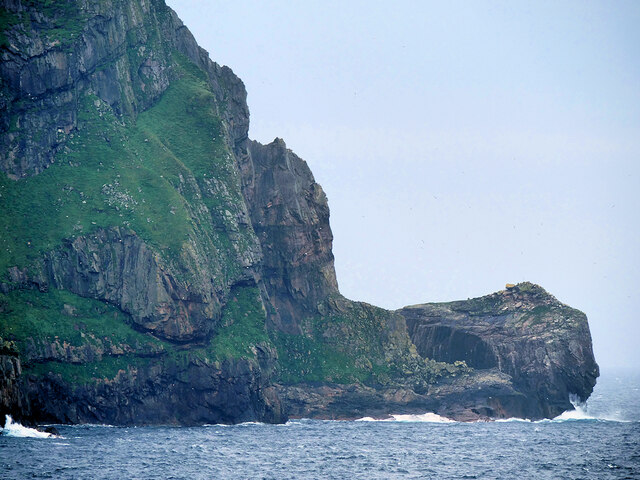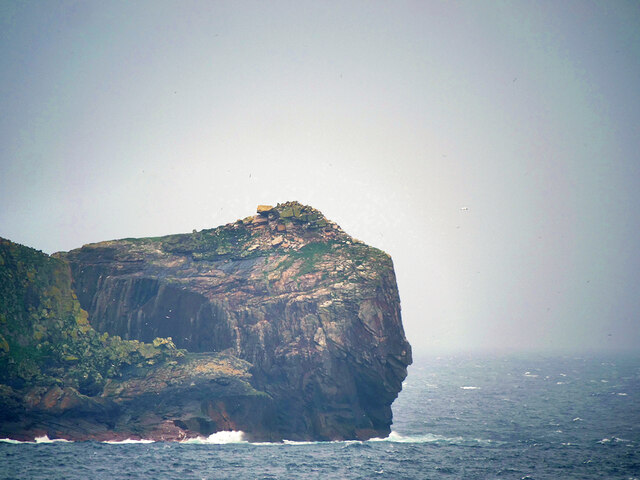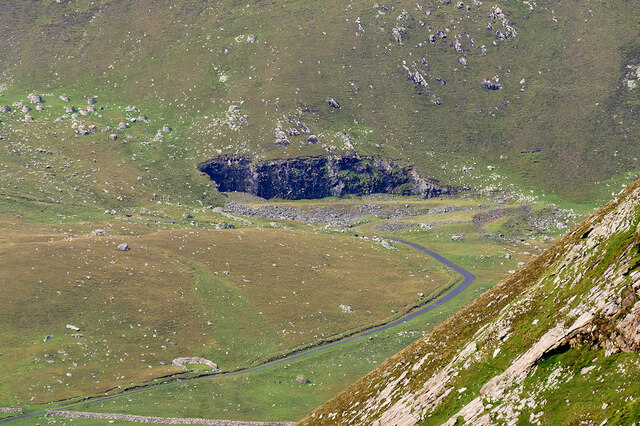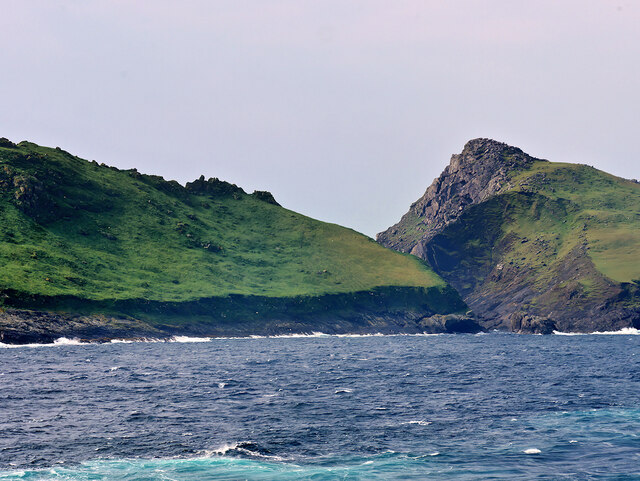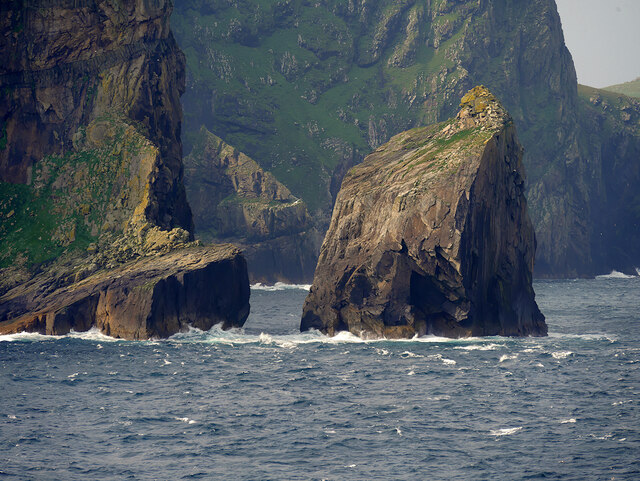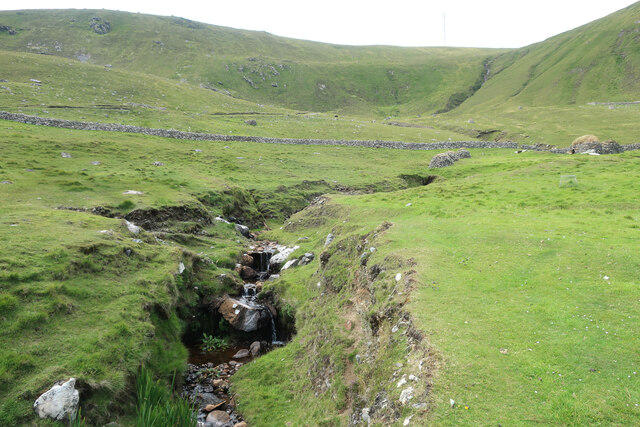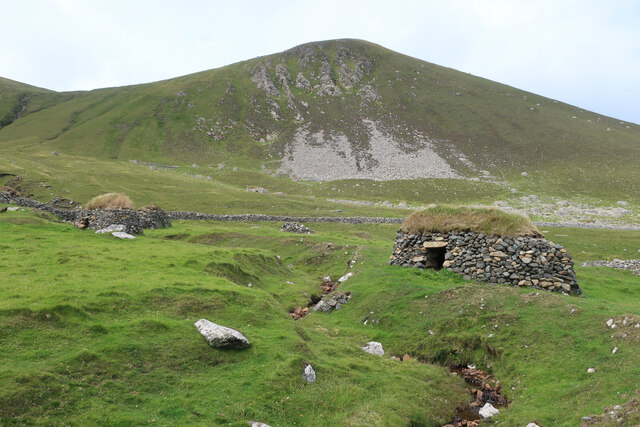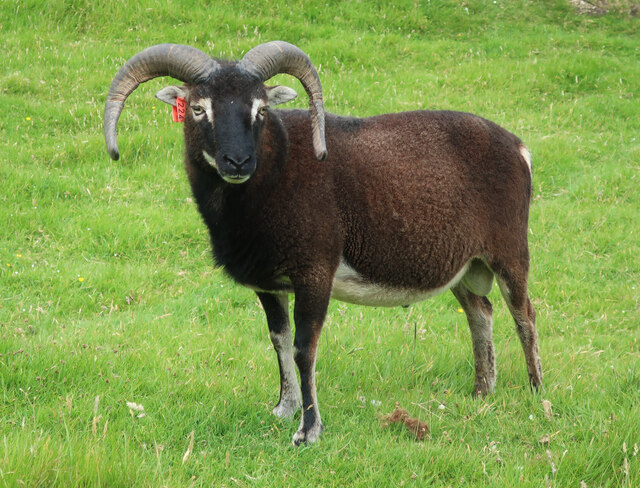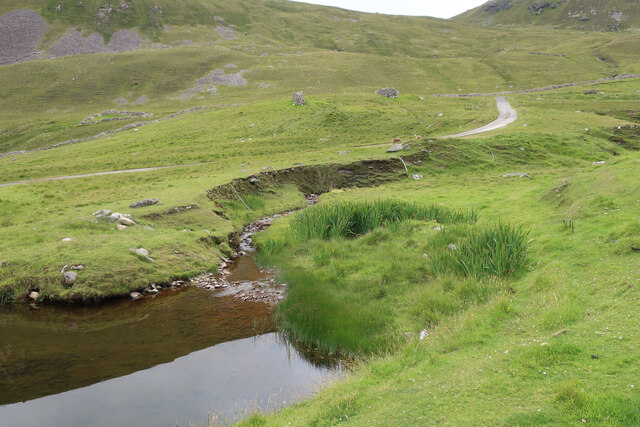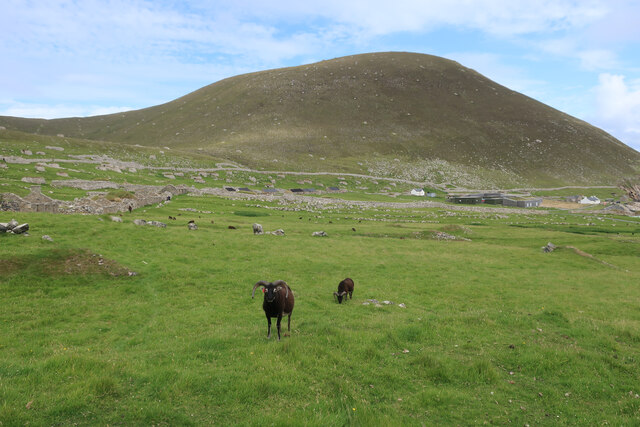Oisebhal
Hill, Mountain in Inverness-shire
Scotland
Oisebhal
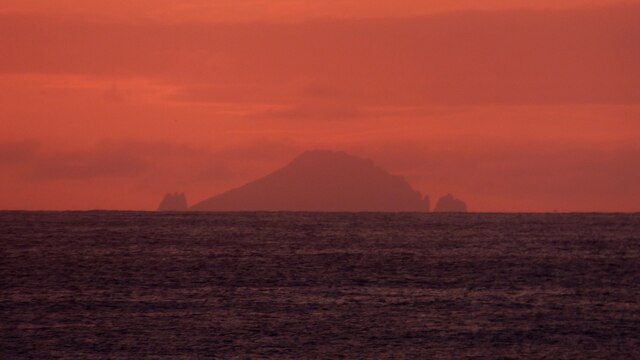
Oisebhal is a prominent hill located in Inverness-shire, Scotland. With an elevation of approximately 748 meters (2,454 feet), it stands as a significant landmark in the Scottish Highlands. The hill is situated in the western part of Inverness-shire, near the village of Contin.
Oisebhal offers breathtaking views of the surrounding landscape, making it a popular spot for hikers and nature enthusiasts. Its distinctive shape and rugged terrain attract both experienced climbers and casual walkers. The hill is characterized by steep slopes, rocky outcrops, and a mixture of grassy and heather-covered areas.
The summit of Oisebhal provides panoramic vistas of the surrounding mountains, lochs, and glens. On clear days, visitors can enjoy stunning views of nearby peaks such as Ben Wyvis and the Monadhliath Mountains. The hill is also a fantastic location for birdwatching, with several species, including golden eagles and peregrine falcons, known to inhabit the area.
To access Oisebhal, there are various routes available, catering to different levels of ability and fitness. Some popular starting points include the village of Contin and nearby forestry tracks. The ascent can be challenging, particularly in adverse weather conditions, so it is advisable to come prepared with appropriate clothing, footwear, and navigational equipment.
In summary, Oisebhal is a remarkable hill in Inverness-shire, offering stunning views, diverse terrain, and an opportunity to immerse oneself in the natural beauty of the Scottish Highlands.
If you have any feedback on the listing, please let us know in the comments section below.
Oisebhal Images
Images are sourced within 2km of 57.812964/-8.5563523 or Grid Reference NF1099. Thanks to Geograph Open Source API. All images are credited.
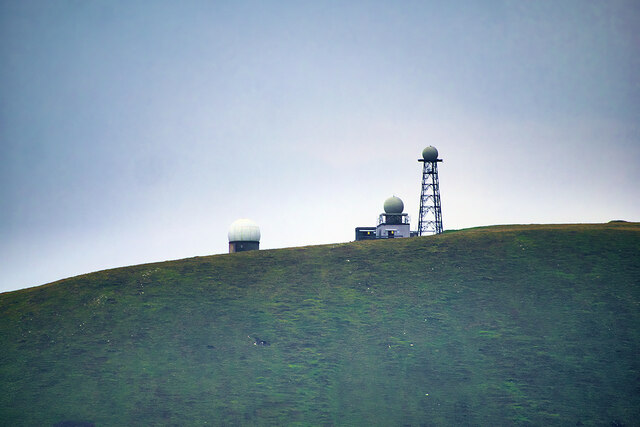
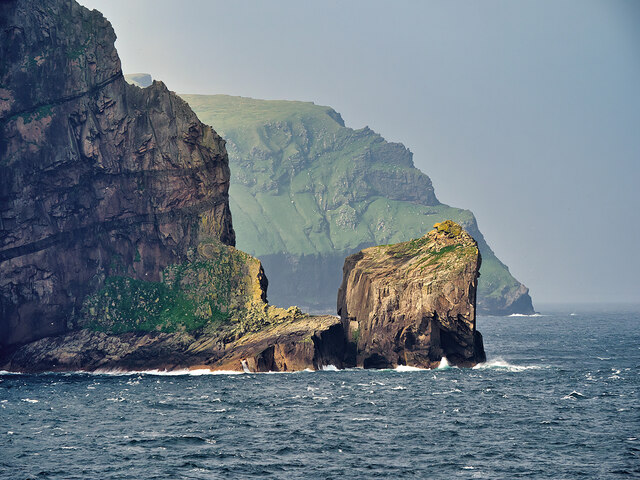
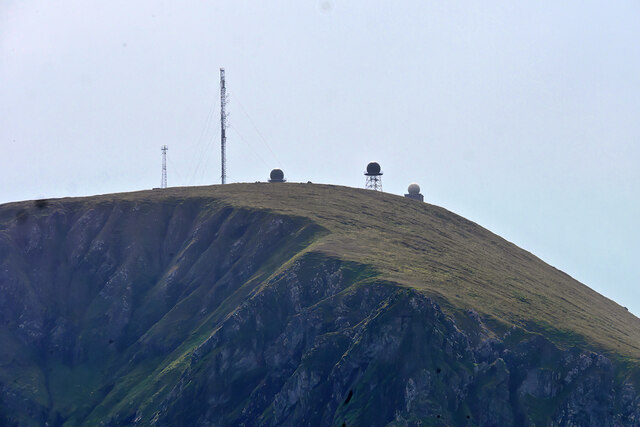
Oisebhal is located at Grid Ref: NF1099 (Lat: 57.812964, Lng: -8.5563523)
Unitary Authority: Na h-Eileanan an Iar
Police Authority: Highlands and Islands
What 3 Words
///arranges.gent.files. Near Balivanich, Na h-Eileanan Siar
Nearby Locations
Related Wikis
Hirta
Hirta (Scottish Gaelic: Hiort) is the largest island in the St Kilda archipelago, on the western edge of Scotland. The names Hiort (in Scottish Gaelic...
St Kilda, Scotland
St Kilda (Scottish Gaelic: Hiort) is an isolated archipelago situated 64 kilometres (40 mi) west-northwest of North Uist in the North Atlantic Ocean. It...
Dùn
Dùn is an island in St Kilda, Scotland. It is nearly 1 mile (1.6 kilometres) long. Its name simply means "fort" in Scottish Gaelic (for more information...
Stac Levenish
Stac Levenish or Stac Leibhinis (sometimes simply called Levenish/Leibhinis) is a sea stack in the St Kilda archipelago in Scotland. Lying 2.5 kilometres...
Stac Biorach
Stac Biorach (Scottish Gaelic: "the pointed stack") is a sea stack, 73 metres tall, situated between Hirta and Soay (in the "Sound of Soay") in the St...
Soay, St Kilda
Soay (Scottish Gaelic: Soaigh) is an uninhabited islet in the St Kilda archipelago, Scotland. The name is from Old Norse Seyðoy, meaning 'island of sheep...
Stac Lee
Stac Lee (Scottish Gaelic: Stac Lì) is a sea stack in the St Kilda group off the west coast of Scotland. An island Marilyn (a point with topographic prominence...
Boreray, St Kilda
Boreray (Scottish Gaelic: Boraraigh; Scots: Boreray) is an uninhabited island in the St Kilda archipelago in the North Atlantic. == Geography == Boreray...
Nearby Amenities
Located within 500m of 57.812964,-8.5563523Have you been to Oisebhal?
Leave your review of Oisebhal below (or comments, questions and feedback).
